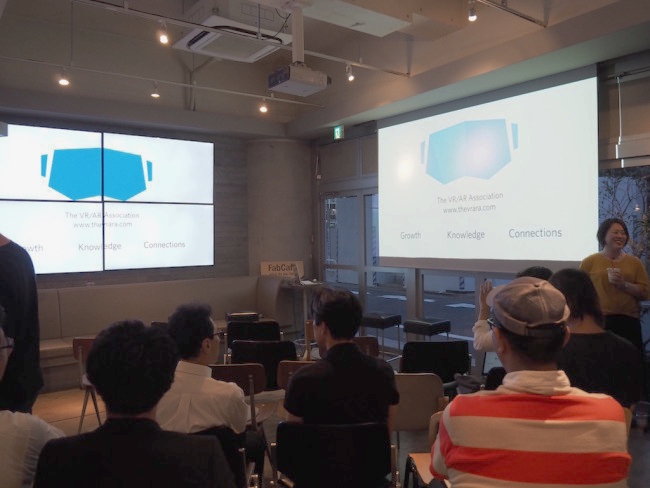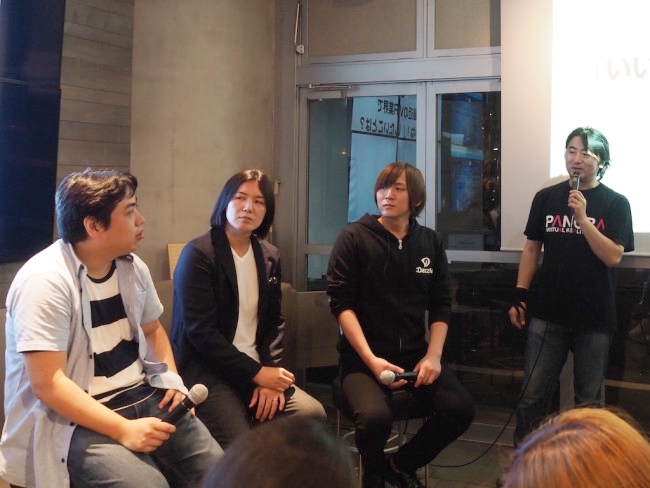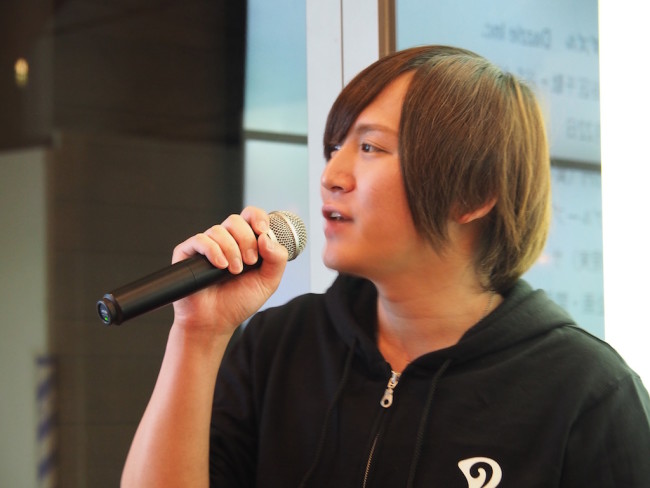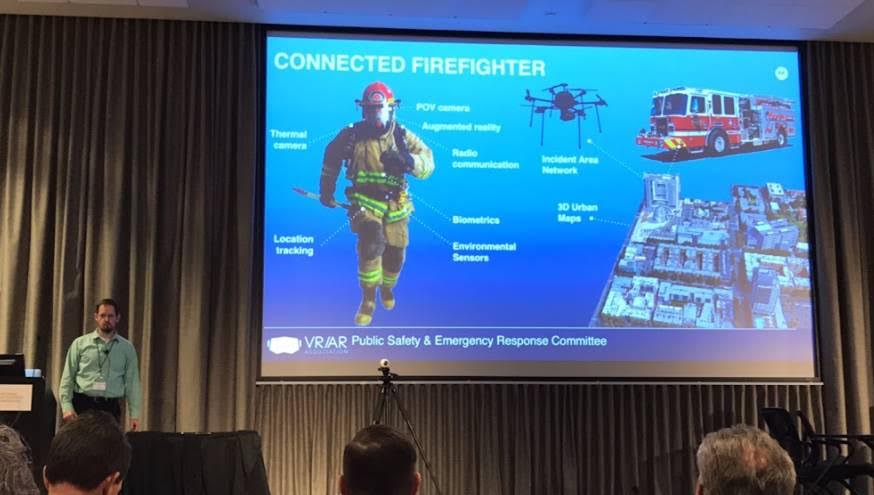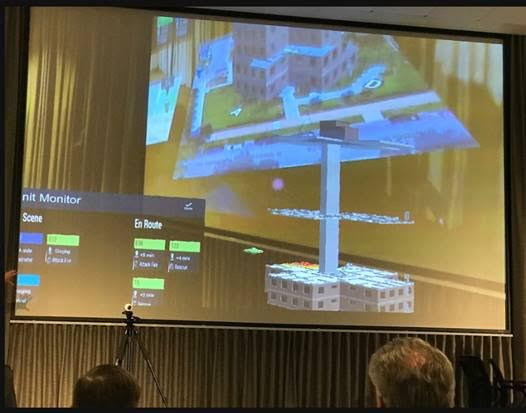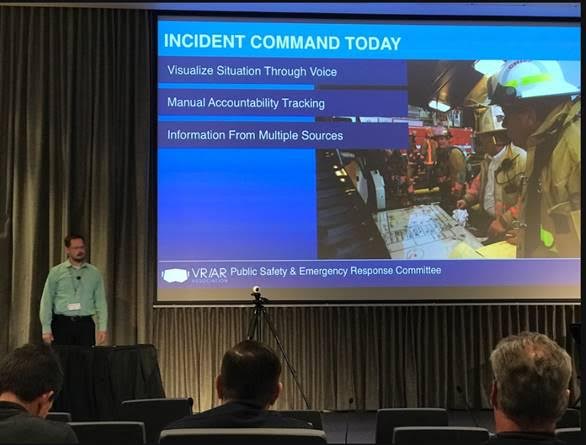This series will feature Vancouver digital and marketing agencies (non-traditional VR/AR companies)
Our own Laura Ryu (Marketing and Communications Manager at VRARA Vancouver) sat down with Michael Farquhar, Managing Partner of Intergalactic based in Vancouver and London. They've worked with a number of clients on their interactive digital strategy including SXSW, HP and Sundance Film Festival.
Tell us about your agency & what you've been working on.
Intergalactic is a creative technology agency that specializes in the creation of amazing interactive experiences. We’re this unique blend of creative folks and business edge, a culture that we created on purpose with the goal of creating solutions that are both inspired and effective.
We’ve been busy! We have a number of projects on the go at any time in both our Vancouver and London (UK) offices. Right now in Vancouver we’re using Apple’s ARKit to develop an AR app that provides a 1000m view of a new mountainside community. You feel like you are looking down from Olympus through the clouds at the future of this development. Computer vision reads a physical topographical model of the mountain and then we display virtual renderings of the community, lifestyle, trails, transit, and amenities. This is combined with beautiful 360 photos of the entire area and interactive points of interest; It's a great way for our client to help convey the scale and quality of their development while embracing and respecting its surroundings.
Our London office is busy building a 3D retailing visualizer to help their global retail client plan the layout of their stores and associated merchandise. When the project is complete our client will be able to switch between 2D views to full 3D VR views of their stores with all their next season merchandise laid out according to their merchandising rules. These visualisations will then push critical product information into their ordering system to trigger the fulfillment of clothing and accessories through the supply chain.
In the UK, We also have a strategic partnership with Aisle411, who’s indoor mapping and production search technology is used in over 15000 locations. Aisle411 are working closely with Google’s Tango team to leverage AR in the retail environment. Of course we still have other web and mobile projects on the go for clients such as Cisco, Microsoft and BC Liquor.
Tell us about a VR campaign that you enjoyed or was inspired by.
There are quite a few and more coming out everyday and each is genre expanding. We actually have a dedicated internal Slack channel just to keep up on what’s new. However, one we’d mention is the Beyond Mars Experience Schoolbus by Lockheed Martin (https://www.youtube.com/watch?v=X5JTb_7qv78) - I like that this is a shared experience designed to inspire.
Some other mentions: Walking on Mars (hey we’re called Intergalactic so you may see a theme) - https://youtu.be/e76uBfWxD74; Haagen-Daz’s Honeybee VR Experience which combines brand, social consciousness and amazing cinematography. From a CG excellence and technological progress standpoint using real time rendering - The Better Days https://youtu.be/JThuL6Aq1Qg and from an art perspective - Microsoft’s Raven Mask using Hololens http://www.booooooom.com/2017/07/14/transformation-mask/.
We are starting to see competition build up in advertising, especially with big players such as Saatchi & Saatchi building on-site VR labs. What are your thoughts on competition and what do you think will set apart the strong agencies from the rest?
It's funny, I just finished a round of informal reviews within the Vancouver team and asked everyone the same question. We are in many ways a young organization and everyone sort of embraces competition. We look at it as a way to learn from others in the field and see how we can take ideas in new directions and use them to deliver more value. I don’t see the big agencies cornering the market on any of these technologies. In fact VR technology itself is very accessible and a great leveler; the best will be determined by what they create, not their head count. Of course some clients will play it safe and go with bigger multinational agencies, but what they don’t always know is that those same companies approach companies like Intergalactic to ideate and create the end experience. This is something we’ve been hired to help with on more than one occasion.
How do you think the structure of agencies and its landscape will change in the next 5 years given anticipated rapid growth in VR/AR technology?
I believe we will start to see roles expand or additional roles appear within agencies as they deal with 3D interface design. Up until now we’ve focused on good 2D design, now we will need to think in the third dimension and how information can be overlayed to convey priority. I also think everything will be tried through the lens of VR, which will need to be tempered by the need to make things of value, either functionally or aesthetically. As always, agencies that get this and find ways to reach broad audiences will do well.
What is currently your biggest challenge (or as the industry) in regards to integrating VR/AR?
The biggest challenge is finding ways to create multi person experiences that are truly immersive. We all know how important social is in the technology realm so we focus on using ubiquitous devices such as smart phones or enclosed environments to help us deal with shared social VR experiences.
We know that VR/AR will be disruptive in many different industries, how will this affect your company and your clients?
The bar keeps getting raised in terms of experiences. Our clients already acknowledge this truth and have been very keen to embrace VR/AR. As a result we’re seeing a lot of our very marketing conscious sectors such as Events, Retail and Real Estate be very open to our proposals. Interestingly enough, it isn’t just for the novelty, but seems to be for the long term as there is recognition that VR/AR present more complete ways to experience products and remove barriers to a sale. For Entertainment oriented clients and other Agencies we were already there and everyone we speak to just seems to be glad that the technology is catching up with our imaginations.
Why is it important for agencies to be onboard now and join the VR/AR Association?
Easy, so you don’t get left behind. Things are evolving so quickly, it’s nice to have a way to keep up to date that doesn’t require you to do all the research first hand - no one has time for that.
What benefits do you see in being a member?
Simply, visibility, information and analysis. We want to keep our mind share for our clients, be inspired and share what we’ve learned.
We'd like to thank Michael from Intergalactic for participating and you can check them out at www.intergalactic.com








